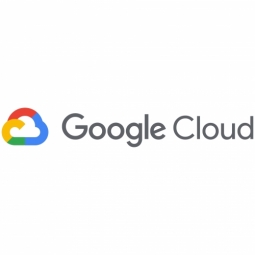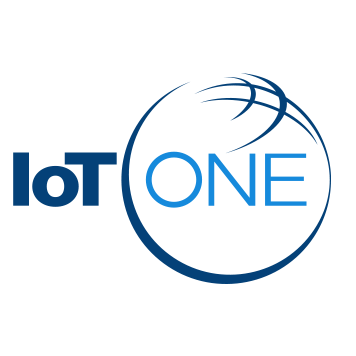Suppliers
United States
Google Cloud Platform
Overview
This profile is not managed yet, if you would like to manage
this profile, please contact us at team@asiagrowthpartners.com
this profile, please contact us at team@asiagrowthpartners.com
 |
Google Cloud Platform |
| United States | |
| Mountain View | |
| 2008 | |
| Private | |
| $1-10b | |
| 10,001 - 50,000 | |
| Open website |
IoT Snapshot
Technology Stack
Case Studies
Number of Case Studies69
|
BBVA: Leveraging Geospatial Data for Innovative Customer Services
BBVA, a global banking and financial services group, was faced with the challenge of adapting to the rapidly changing landscape of digital payments. The bank noticed a significant increase in mobile payments, particularly during the COVID-19 pandemic, with the percentage of customers using this method rising from 4.4% to 23%. As part of its digital transformation journey, BBVA aimed to offer its customers an exceptional range of services and a great banking experience. The bank was already using Google Maps Platform to help customers find their nearest branch or ATM locations, but it wanted to further leverage the potential of Google Maps Platform solutions. BBVA's mobile banking app was used by 71% of its customers in Spain, and was accessed more than 120 million times a month. The bank wanted to provide more information about each customer transaction to offer a better financial experience for digital customers. |
|
|
Data-Driven Innovation in Insurance: A Case Study of Assurance IQ and Looker
Assurance IQ, a direct-to-consumer platform offering personalized health and financial wellness solutions, faced a significant challenge in its early days. The company's data team was small and struggled with a scattered internal view of the business due to disconnected reports in siloed tools. They were using Excel, SQL, and other in-house tools, but lacked a true business intelligence (BI) platform. This resulted in inefficient use of time and a lack of a complete real-time view of the business for decision-making. Leadership lacked critical insight, and there were constant challenges around trust and consistency of the data. The data team wanted to ensure that each team member was looking at the same clean, accurate data and wanted to empower employees to explore the data on their own. However, the visualization tool they were using lacked version control and standardization. |
|
|
Bank BRI: Revolutionizing Financial Inclusion in Asia with Digital Banking
Bank Rakyat Indonesia (Bank BRI), one of the largest banks in Indonesia, was faced with the challenge of increasing financial inclusion among unbanked Indonesians. The bank had an ambitious target of having 84 percent of Indonesians participating in the banking system by 2022. However, the bank's legacy technologies were proving to be a hindrance in achieving this goal. Each of the bank's products had their own public APIs, which were difficult to manage, secure, and monetize. Additionally, the process of onboarding new partners using host-to-host and VPN technology was time-consuming, taking up to six months. The bank also faced the challenge of reaching a largely rural population, with an estimated $8.3 billion in currency being held outside the banking system. |



